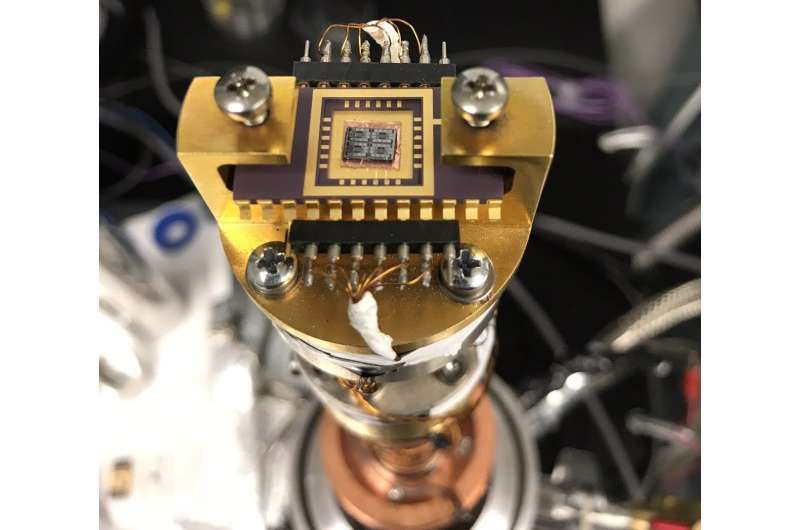Silicon nanowire offers efficient high-temperature thermoelectric system

With a $2-million grant from the California Energy Commission (CEC), Berkeley Lab has developed a cost-effective thermoelectric waste-heat recovery system to reduce electricity-related carbon emissions. Industries such as the glass, cement, power, and steel sectors expel a huge amount of high-temperature waste heat. Converting this waste heat cost effectively to electricity can provide a zero-carbon source of energy.
The system is based on silicon nanowires developed at Berkeley Lab several years ago. “Using an abundant and inexpensive material like silicon to develop thermoelectric generators will increase market penetration while helping industries minimize energy losses,” said Berkeley Lab scientist Vi Rapp.
The funding comes from CEC’s Electric Program Investment Charge (EPIC) program, which funds clean energy innovation to reduce pollution, foster economic development, and meet the state’s climate goals. Worldwide, approximately 45 quads of energy is rejected as waste heat at high temperatures (greater than 300 degrees Celsius) every year. For comparison, the United States uses about 100 quads of primary energy each year.
More than 10 years ago, Berkeley Lab research was focused on low-temperature conversion of waste heat to electricity—a great technology advancement at the time. Because converting waste heat at high temperatures is cost-effective and competes with other zero-carbon and waste heat conversion technologies, high-temperature thermoelectric conversion has been the next sought-after technology advance.
The CEC funded a Berkeley Lab and Stanford team to find a promising solution, and their findings were recently published in the journal Nature Communications. The team developed a technology that uses wafer-scale arrays of porous silicon nanowires with ultra-thin silicon crystallite that allows for an 18 times greater “figure of merit” (an expression representing performance or efficiency) than other high-temperature or bulk silicon thermoelectric technologies.
“High temperatures degrade materials,” said Ravi Prasher, the project lead and a scientist in Berkeley Lab’s Energy Technologies Area. “So we looked at silicon, which is abundant and stable, as well as cheap and reliable. Since bulk silicon does not have good thermoelectric properties, we use silicon to create nanowires—then the physics changes.”
Prasher said the next steps will be working to scale up the system, producing nanowires to test in actual devices.
Lin Yang et al, High thermoelectric figure of merit of porous Si nanowires from 300 to 700 K, Nature Communications (2021). DOI: 10.1038/s41467-021-24208-3
Citation:
Silicon nanowire offers efficient high-temperature thermoelectric system (2021, August 16)
retrieved 16 August 2021
from https://techxplore.com/news/2021-08-silicon-nanowire-efficient-high-temperature-thermoelectric.html
This document is subject to copyright. Apart from any fair dealing for the purpose of private study or research, no
part may be reproduced without the written permission. The content is provided for information purposes only.
For all the latest Technology News Click Here
For the latest news and updates, follow us on Google News.
